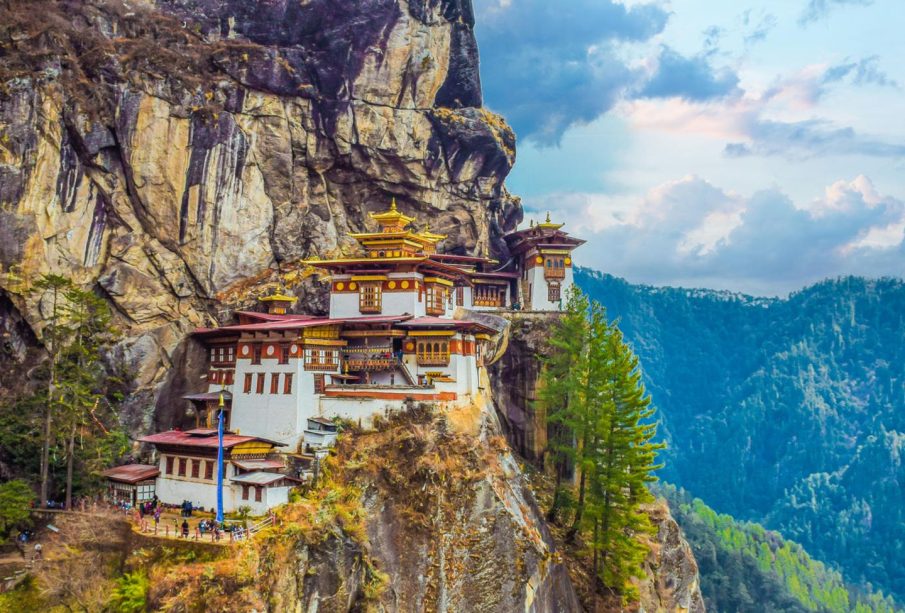Explore the Wonders of Bhutan: The Last Shangri-La

Introduction
Bhutan, often referred to as the Last Shangri-La, is a small yet remarkable kingdom nestled in the Eastern Himalayas. With its breathtaking landscapes and rich cultural heritage, Bhutan has caught the attention of adventurers, researchers, and travellers seeking a destination that embodies tranquility and deep-rooted traditions. The country’s unique approach to governance and development, famously prioritising Gross National Happiness (GNH) over economic growth, has further elevated its global profile, making Bhutan a case study in sustainable development and cultural preservation.
Bhutan’s Unique Approach to Development
Unlike most nations, Bhutan measures its progress through GNH, a holistic philosophy that includes environmental conservation, cultural promotion, community vitality, and good governance. Launched by the Fourth King, Jigme Singye Wangchuck, in the 1970s, this framework has influenced various policies aimed at preserving Bhutan’s rich cultural heritage while pursuing sustainable economic growth. The country is renowned for its eco-tourism initiatives, attracting visitors who wish to experience its pristine nature and engage with local traditions.
Stunning Natural Landscapes
Home to majestic mountains, deep valleys, and lush forests, Bhutan’s diverse geography offers numerous opportunities for outdoor activities. Trekking in national parks such as Jigme Dorji and Phobjikha Valley provides breathtaking views of the Himalayas and the chance to witness the iconic black-necked cranes during their winter migration. Cultural landmarks, like the iconic Paro Taktsang or Tiger’s Nest Monastery, perched precariously on a cliffside, offer insight into the country’s rich Buddhist heritage as they attract thousands of pilgrims and tourists annually.
Rich Cultural Heritage
Bhutan is a land steeped in tradition, where festivals and rituals are an integral part of daily life. Events like Tshechu, a religious festival featuring colourful masked dances, reflect the country’s vibrant culture and deep-rooted spiritual beliefs. Additionally, the importance of preserving the Dzong architecture, traditional dress, and local crafts keeps the spirit of Bhutanese identity alive amidst modern influence.
Conclusion
As Bhutan continues to attract attention for its unique philosophy of happiness, impressive natural beauty, and vibrant culture, it stands as an example for other nations grappling with finding the balance between development and preservation. With prospects of sustainable tourism and ongoing governmental efforts to maintain its cultural integrity, Bhutan is poised to remain a fascinating destination for future generations. For readers seeking an adventure filled with beauty, culture, and tranquility, Bhutan promises an experience unlike any other—a true embodiment of the Last Shangri-La.









